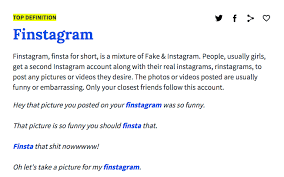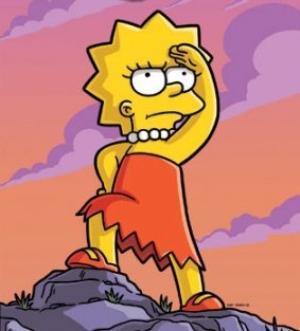In part, Media Studies is the study of ‘media language’.
Any given media text (form) is a series of codes or signs which communicate meaning.
A sign, according to media language theory, is made up of two parts:
- A signifier. That is, ‘Something in a media text which carries meaning’.
- The signified. That is, ‘The meaning carried by that something’.
Your job as a media student it to identify the signifiers and analyse / argue what they signify.
Here’s Mr G explaining:
Here is slideshow which tries to explain – the last few slides give you an approach to your text.
Task
Complete a detailed media language analysis of one of your media products.
You should use this document to help you cover the key ideas.
Exemplar
Here is an example essay





